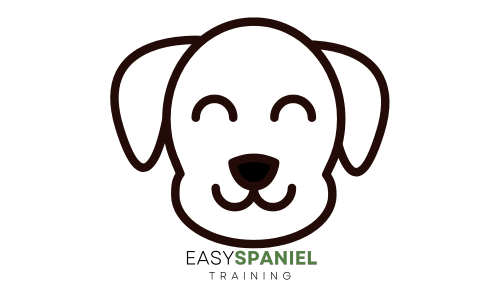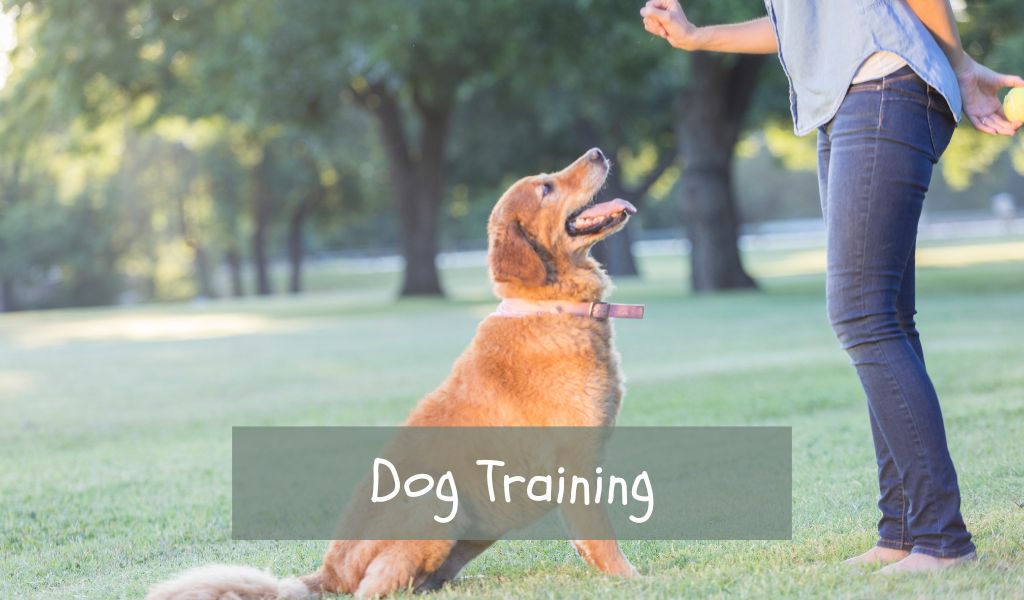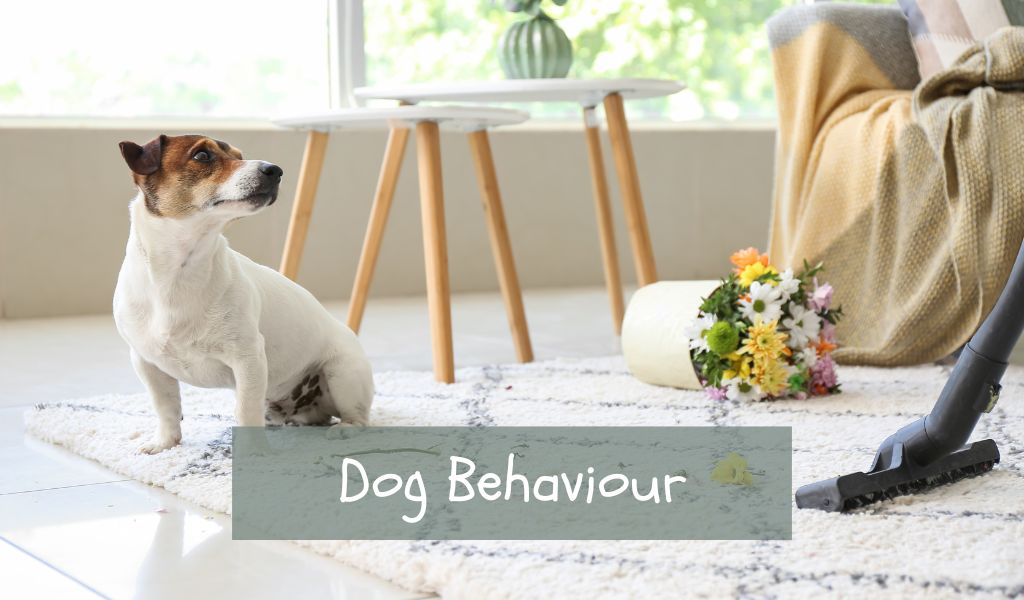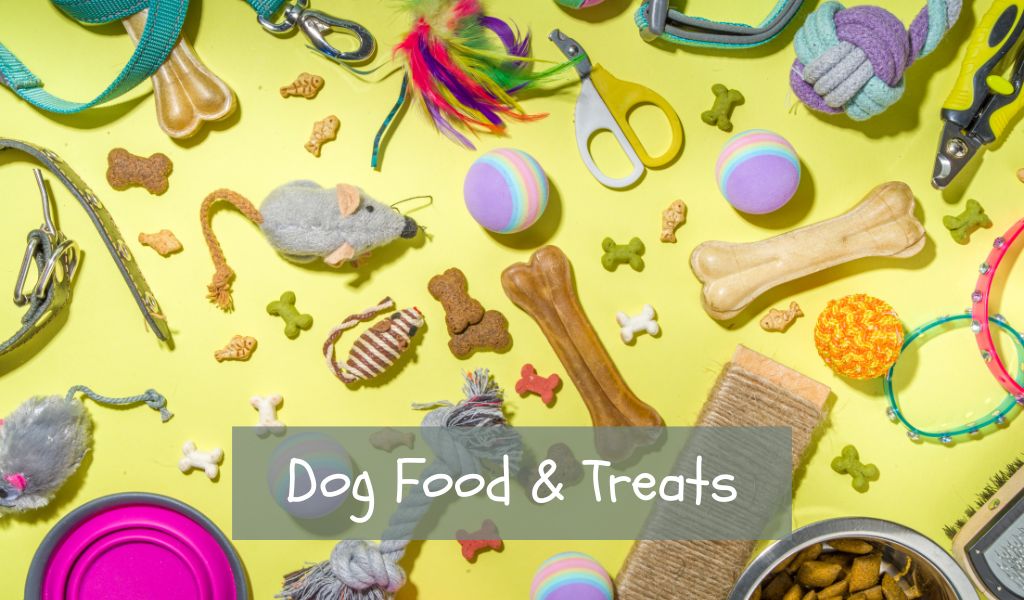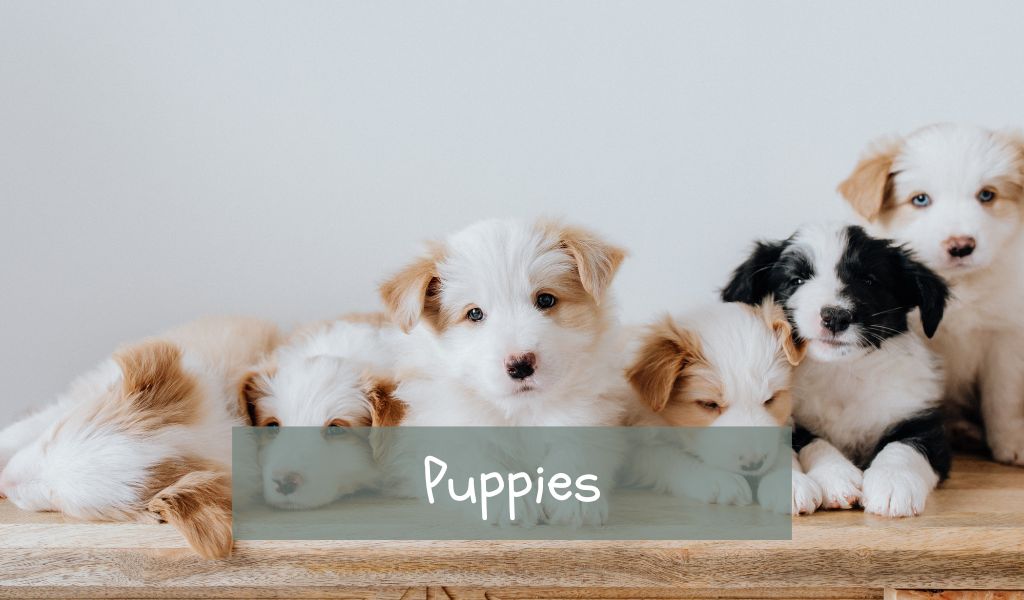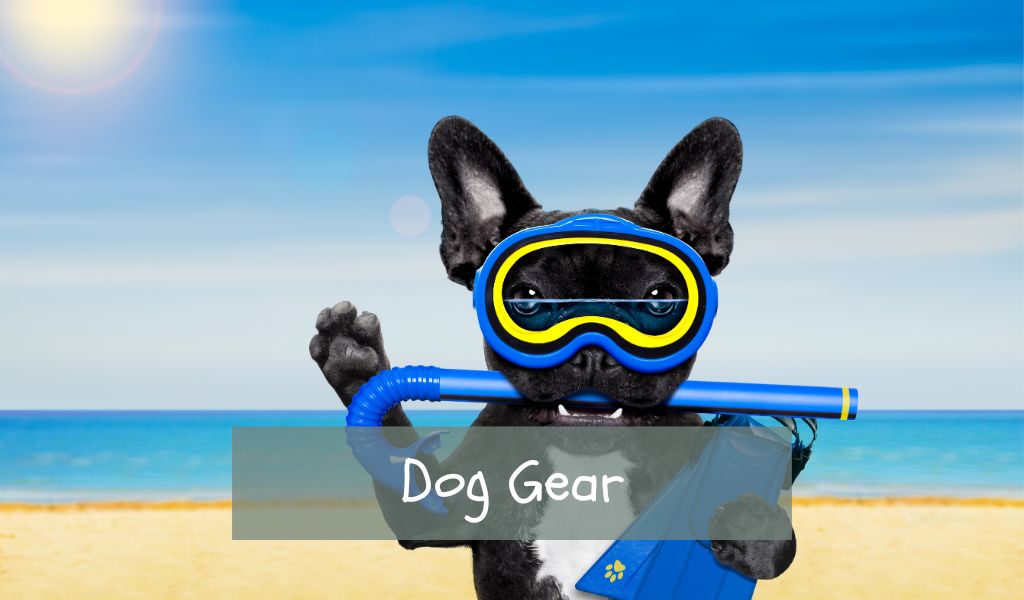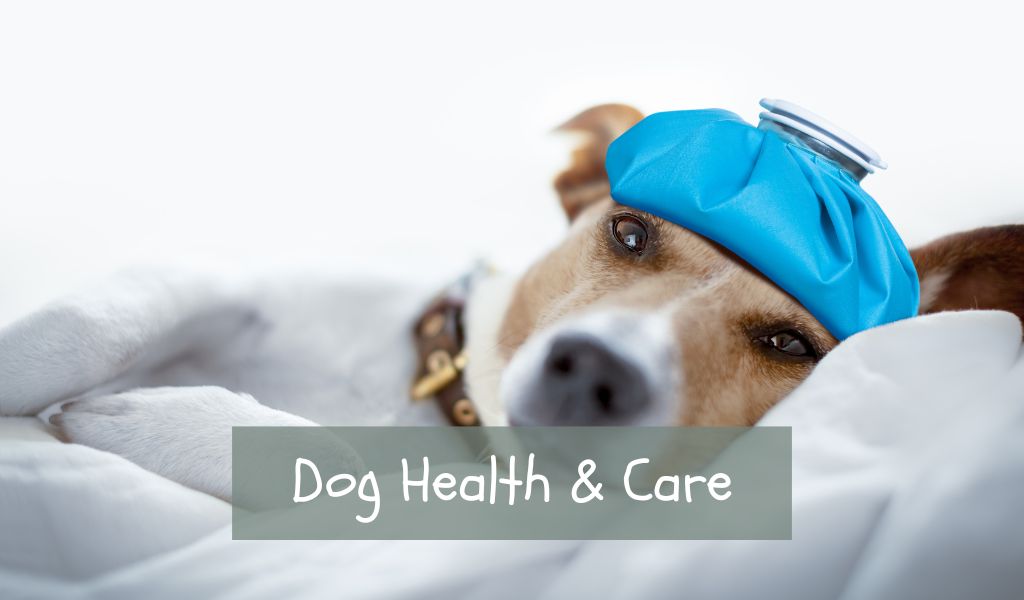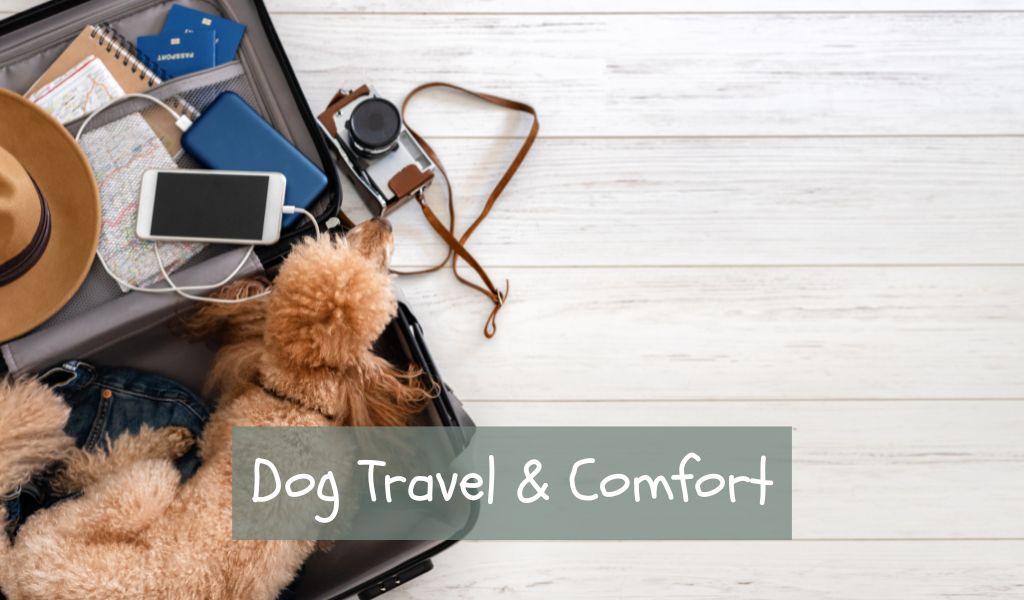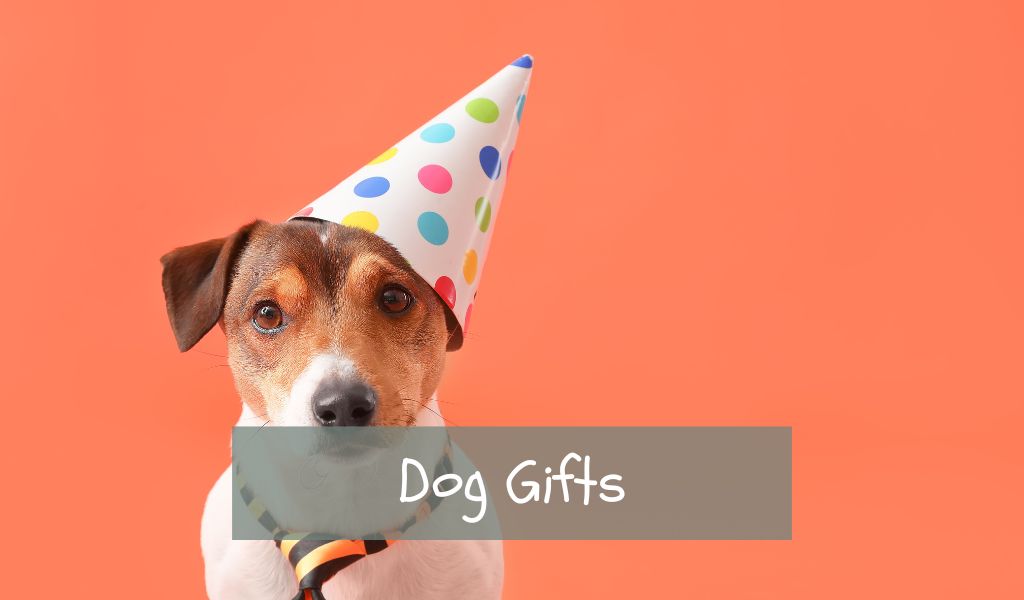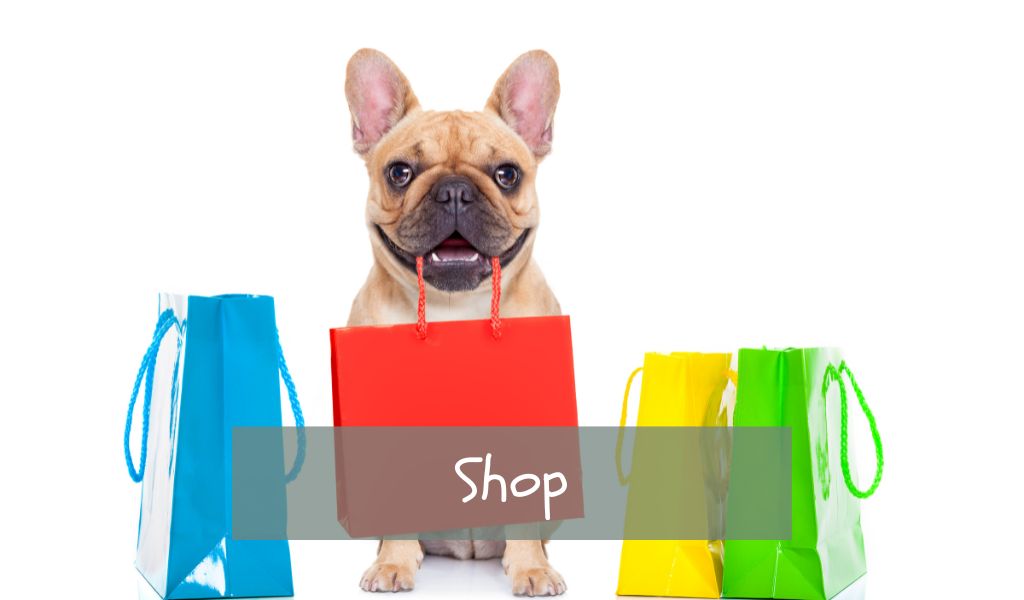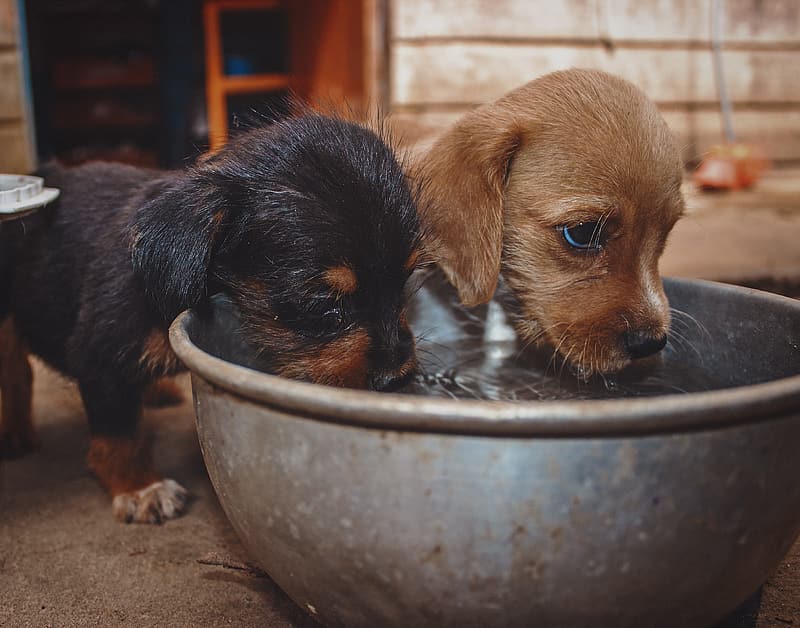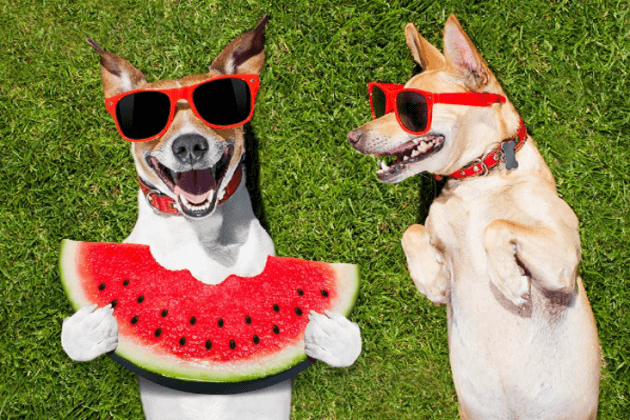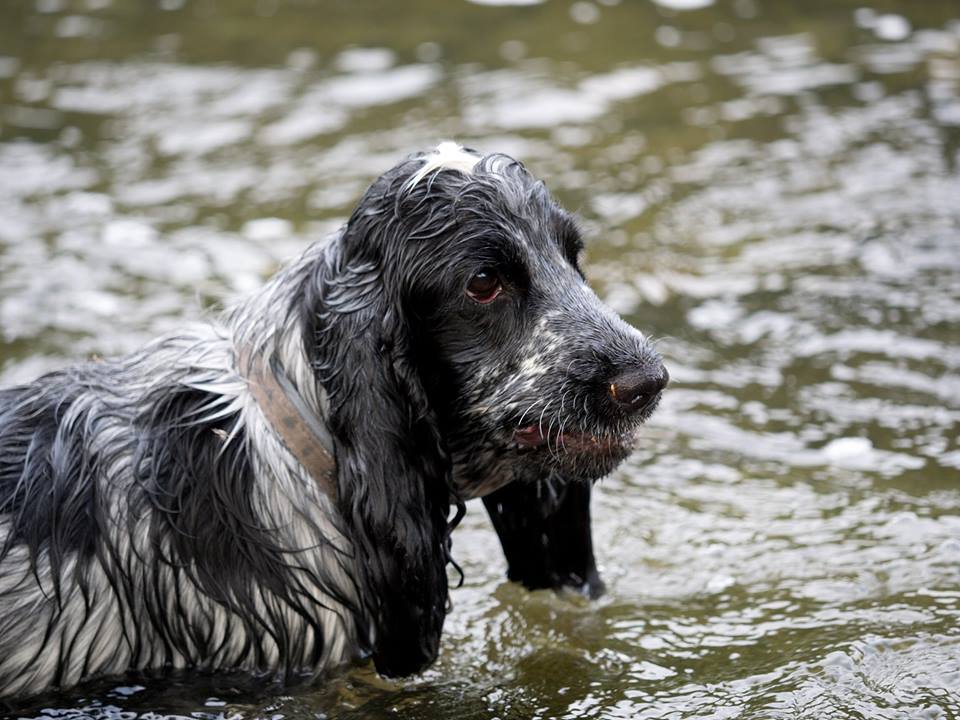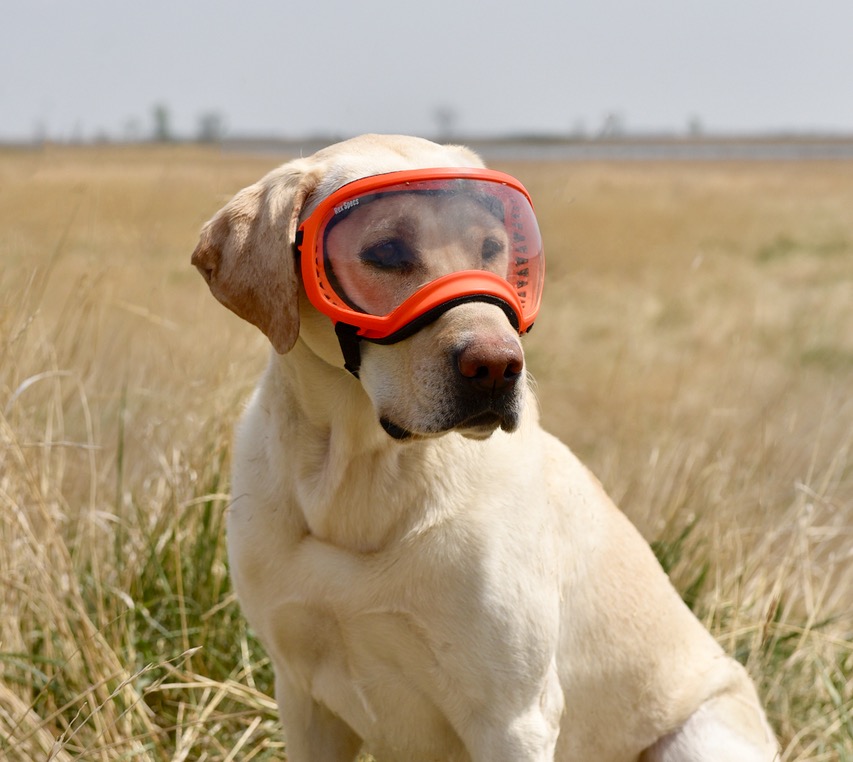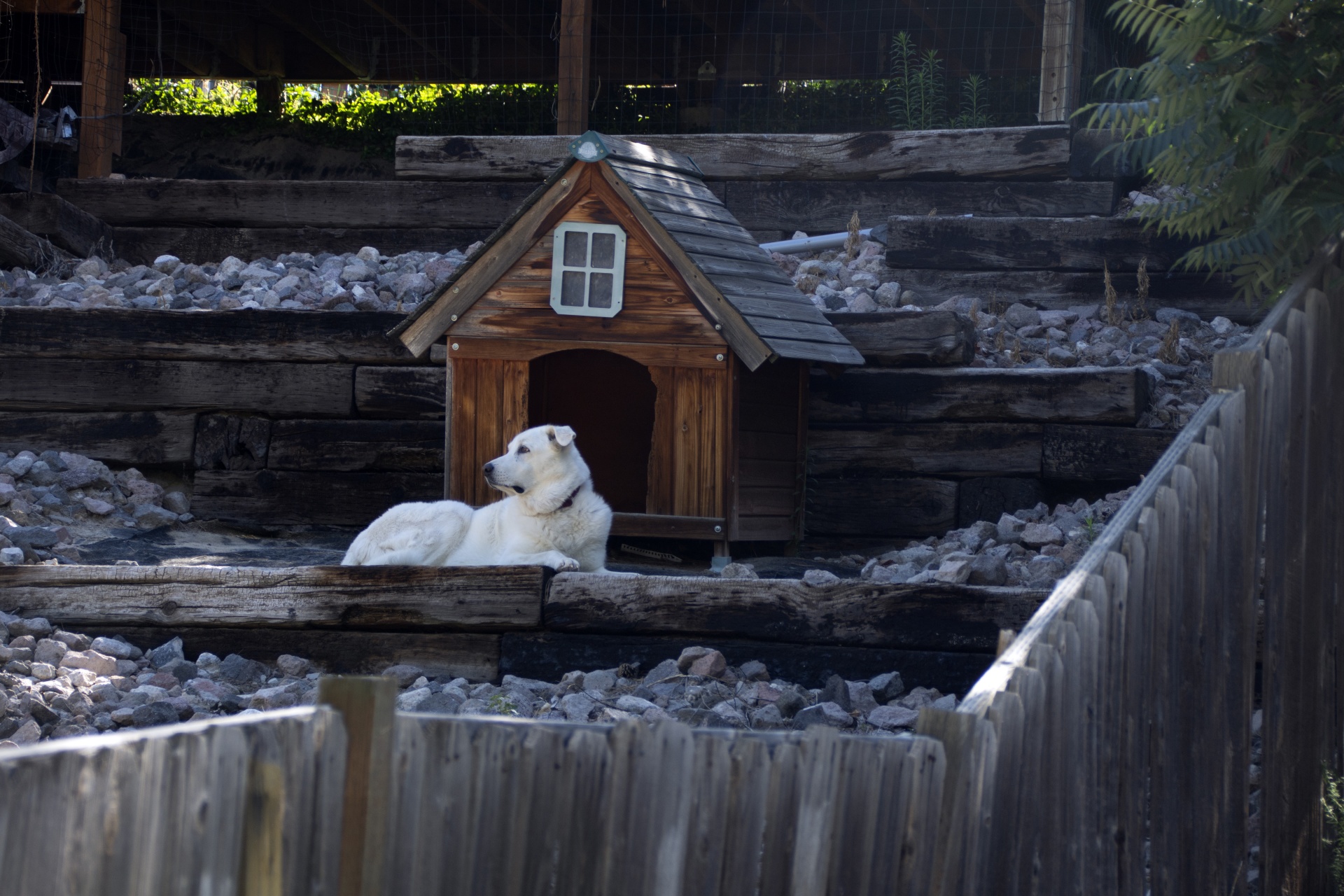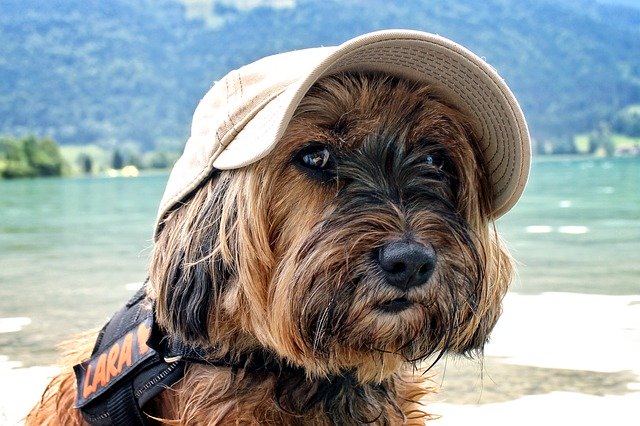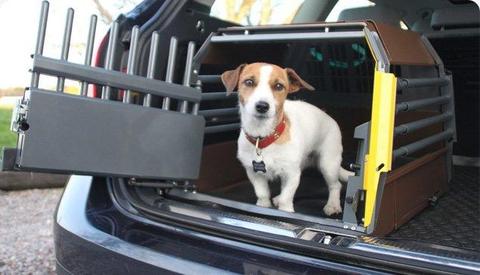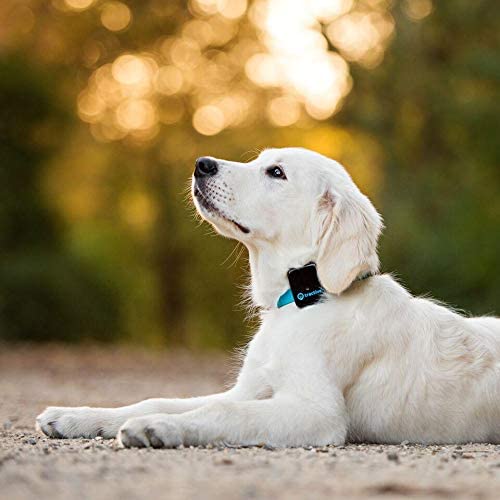Dog Care
When it comes to looking after your dog there are so many things to consider, from dog gear, health, feeding and much more. We’ve got lots covered in this area so search or browse and, if it’s not here then get in touch and we’ll add it.
Latest Articles
-
-
Can dogs drink squash? It all depends on the juice
We all enjoy a nice cool drink of juice on a hot day, but what about our dogs, is squash a suitable drink for them?
-
-
10 Best dog dryers for Cocker spaniels
Dog dryers make quick work of drying out wet spaniels and other pets whether it’s after a bath or a wet walk. So which ones are the most suitable?
-
Dog Goggles for Hunting – 5 Best Goggles for Working Dogs
Your dog’s eyes can be at risk when out hunting, walking and if he puts his head out of the car window. Dog goggles can protect his eyes from injury.
-
How to make a patio dog friendly
Creating a safe and secure outdoor area for your dog is important. So, let’s look at the best way to do it.
-
Where to leave your dog while on vacation
If you are going away on holiday then you’ll have concerns about your dog. Let’s look at the options.
-
What are the safest dog crates for car travel?
When it comes to car crates there is a massive selection, but which ones are the safest?
-
What do dog GPS trackers do? What you should know
A dog GPS tracker can be a useful addition but just what do they do?
